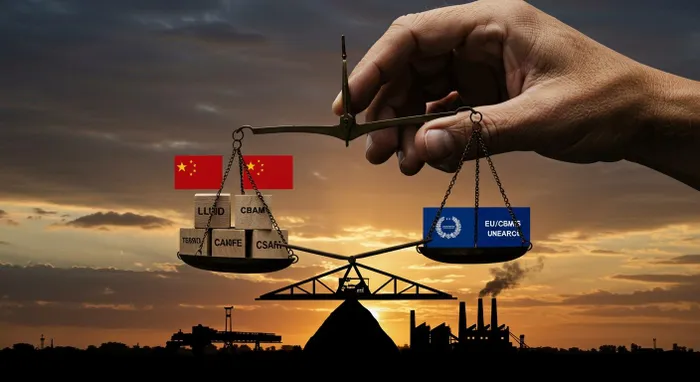Non-alignment key to protecting SA jobs amid global trade pressures

With tariffs, border adjustments, and export restrictions rising worldwide, South Africa aims to balance partnerships while safeguarding local industry and workers.
Image: Gemini AI
At the United Nations, President Cyril Ramaphosa highlighted that trade is increasingly being used as a geopolitical weapon. That message matters at home: because when trade becomes a tool of pressure, South African workers and exporters feel it first — as shown recently by Taiwan’s brief chip export restrictions. Our best response to this situation is what has always distinguished South African diplomacy: principled non-alignment combined with a practical focus on job creation and preservation.
Non-alignment will build economic resilience as engaging with all partners, enables South Africa to preserve access to diverse markets, finance, technology, and skills. This is of utmost importance In a year when tariffs, export controls, and regulatory levers are being deployed with unprecedented speed, hence, trade diversification is not a slogan; it is an economic lifeline.
The European Union’s Carbon Border Adjustment Mechanism (CBAM) is a case in point. Already being phased in, it could hit South African exports of steel, aluminium, iron, and fertilisers - the very sectors that sustain jobs in mining regions and industrial hubs. Pretoria has pushed back, arguing that our carbon tax and transition efforts should be recognised. Business warns of a “double penalty” when CBAM burdens are layered on top of existing US duties. This is what weaponisation looks like on the factory floor, not just in diplomatic circles.
Beyond Europe, the same pattern applies. Washington has criticised our domestic transformation policies and imposed tariffs on exports. China remains our biggest partner and a source of infrastructure finance, but over-reliance on any single partner creates risk. And even smaller actors matter. Taiwan’s brief move to restrict chip exports showed how quickly a diplomatic dispute can ripple through critical industries like automotive and digital technology. The lesson is not to elevate one partner over another, but to avoid manufacturing new conflicts when global pressures are already mounting.
So what does a jobs-first non-alignment look like? It means diversifying markets to reduce risk, treating new global standards as part of our strategy rather than a burden, insulating key supply chains from political noise, and ensuring coherence between ministries, the Presidency, and the economic cluster. In short: balance, resilience, and one clear voice to protect South African jobs.
This is not abstract. When tariffs rise, when border adjustments bite, when export permissions become bargaining chips, uncertainty translates into cancelled shifts and delayed investment. A steady, non-aligned policy, grounded in dialogue, diversification and domestic reform—reduces that uncertainty premium.
As South Africa prepares to host the G20 in November, we have the chance to show that non-alignment is not nostalgia but a modern and effective strategy for an evolving and increasingly multipolar geopolitical landscape. It means steering clear of great power rivalries, protecting sovereignty, and focusing on what matters most: jobs, growth, and dignity for our people.
South Africa needs predictability, by keeping China close, where it anchors volumes and finance as well as maintaining ties with complementary partners like Taiwan that are central to providing critical technologies. This also entails keeping America and Europe at the table while pressing firmly for fairer rules, and above all, keep South African workers at the centre of every decision.
That is non-alignment fit for 2025: principled abroad, effective at home, and for the benefit of the greater population, at a time when this orientation is of utmost importance.
Vayez is a political and security analyst